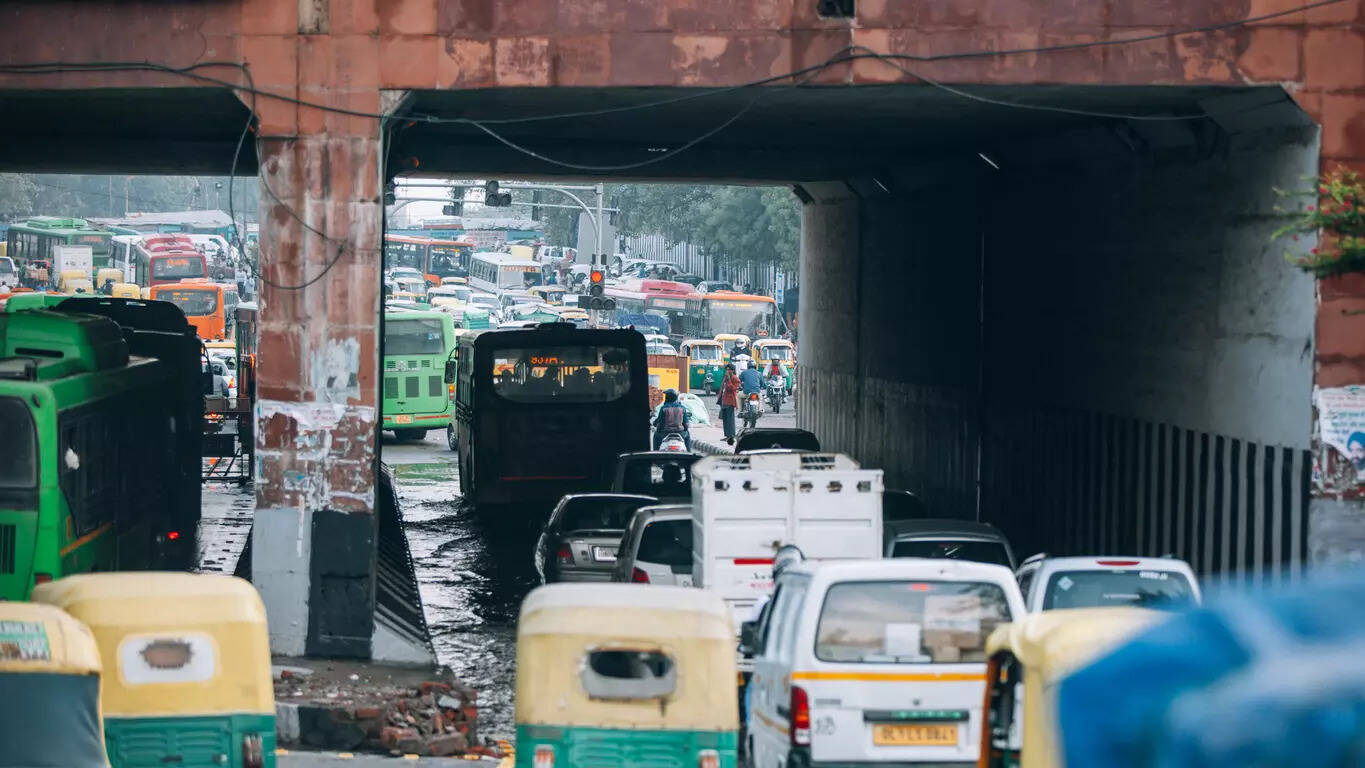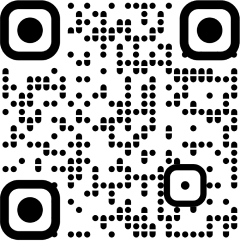
With a functional IT application in place for collecting real time data on road crashes and generating live colour-coded heatmaps on as small as 500-metre stretches across the country with details of persons and vehicles involved, the government is expecting the platform to guide states and local authorities to reduce fatalities.
All states and UTs have started using electronic detailed accident report (eDAR) application for recording road crashes and over seven lakh accidents have been registered on this platform.
India has the highest number of road deaths at 1.5 lakh in 2021, which is 11% of all road fatalities across the globe. The government has committed to cut road deaths by half by 2030.
At a recently-held meeting of the NCR Planning Board on road safety and trauma care, the road transport ministry gave details of eDAR and how the central and state government agencies such as police, health, transport and road owning agencies have come on board. To localise the data, the entire area has been divided into 2 sq km grids with unique grid IDs and with the help of GIS tool, the number of crashes in each grid are accounted for.
On the platform, roads have been divided in 500 metre stretches and in each stretch, crashes are collated and distinct colours are used to show the severity of the crashes. The analysis module also provides details such as total crashes, persons and vehicles involved and time and causes of the accident such as speeding, drowsiness.
A source said collection of data starts with police reaching the site and feeding all details in the app from the crash site itself. Then police alerts the transport and health departments and road owning agency concerned for more details.
The ministry informed the Board that an application for deep analytics of road accidents data is also being developed by IIT, Madras using AI and Machine Learning. The road transport ministry has also prepared the timelines for mandatory provisions such as Advanced Driver Assist System and Alcohol Ignition Interlock Device in vehicles by 2030.

